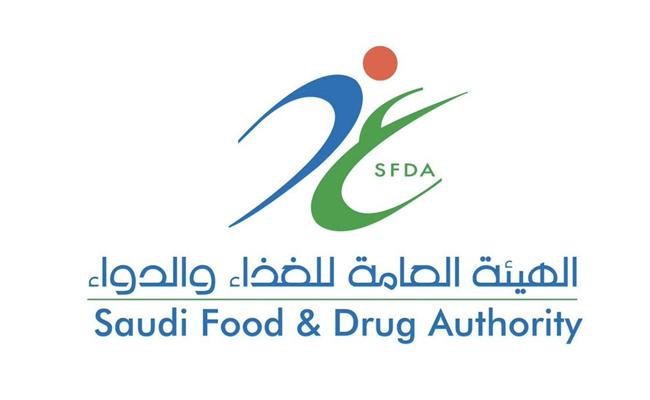
Intravenous Esomeprazole for Prevention of Recurrent Peptic Ulcer Bleeding
Intravenous Esomeprazole for Prevention of Recurrent Peptic Ulcer Bleeding
Intravenous Esomeprazole for Prevention of Recurrent Peptic Ulcer Bleeding
2009-02-25
Background: Use of proton-pump inhibitors in the management of peptic ulcer bleeding is controversial because of discrepant results reported in different ethnic groups.
Objective: To determine whether intravenous esomeprazole better prevents recurrent peptic ulcer bleeding than placebo in a multiethnic patient sample.
Design: Randomized trial conducted between October 2005 and December 2007; patients, providers, and researchers were blinded to group assignment.
Setting: 91 hospital emergency departments in 16 countries.
Patients: Patients 18 years or older with peptic ulcer bleeding from a single gastric or duodenal ulcer showing high-risk stigmata.
Intervention: Intravenous esomeprazole bolus, 80 mg, followed by 8-mg/h infusion, over 72 hours or matching placebo, each given after successful endoscopic hemostasis. Intervention was allocated by computer-generated randomization. After infusion, both groups received oral esomeprazole, 40 mg/d, for 27 days.
Measurements: The primary end point was rate of clinically significant recurrent bleeding within 72 hours. Recurrent bleeding within 7 and 30 days, death, surgery, endoscopic re-treatment, blood transfusions, hospitalization, and safety were also assessed.
Results: Of 767 patients randomly assigned, 764 provided data for an intention-to-treat analysis (375 esomeprazole recipients; 389 placebo recipients). Fewer patients receiving intravenous esomeprazole (22 of 375) had recurrent bleeding within 72 hours than those receiving placebo (40 of 389) (5.9% vs. 10.3% [95% CI of difference, 0.6% to 8.3%]; P = 0.026). The difference in bleeding recurrence remained significant at 7 days and 30 days (P = 0.010). Esomeprazole also reduced endoscopic re-treatment (6.4% vs. 11.6% [95% CI of difference, 1.1% to 9.2%]; P = 0.012), surgery (2.7% vs. 5.4%), and all-cause mortality rates (0.8% vs. 2.1%) more than placebo, although differences for the latter 2 comparisons were not significant. About 10% and 40% of patients in both groups reported serious and nonserious adverse events, respectively.
Limitation: Endoscopic therapy was not completely standardized; some patients received epinephrine injection, thermal coagulation, or hemoclips alone, whereas others received combination therapy, but there were similar proportions with single therapy in each group.
Conclusion: High-dose intravenous esomeprazole given after successful endoscopic therapy to patients with high-risk peptic ulcer bleeding reduced recurrent bleeding at 72 hours and had sustained clinical benefits for up to 30 days.
source: Annals of internal medicine 7 April 2009 | Volume 150 Issue 7



